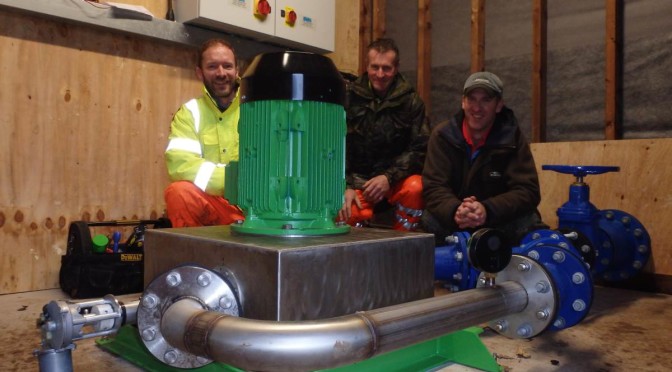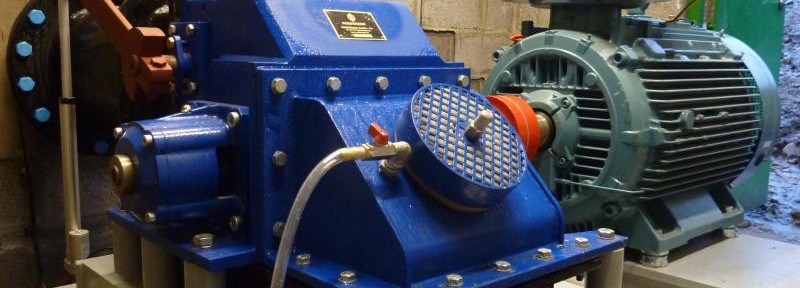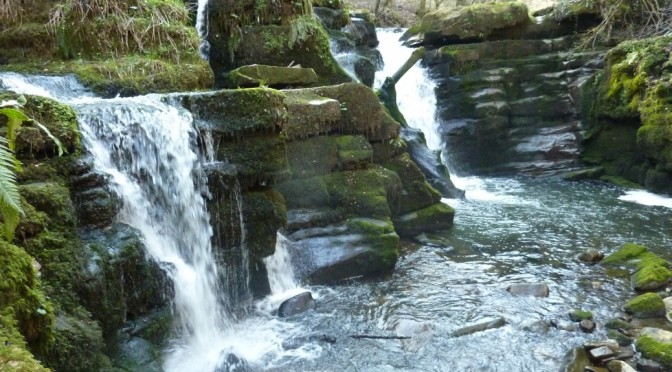Design Flow: 23 l/s
Rated Power: 9.2 kW
Following client’s brief, this scheme was designed and installed in 2015. A proportion of the flow in a tributary of the river Usk is diverted through a fine screen to a small intake tank. The powerhouse is situated 900 metres downstream near to the lower boundary and buildings. The system employs a fully stainless steel Hydromatch Turbine HF200 with twin motorised spear valves, direct drive 4 pole generator and G59/3 connected via an SCS mk2 control system. Online energy monitoring enables mobile review of generation, load and export status. Installation costs were minimised through the development of clear design and construction documents, client appointed building and electrical contractors and close supervision of the works.






